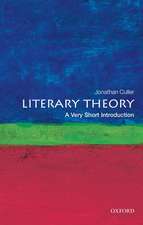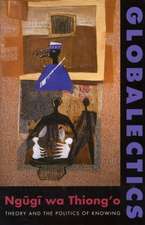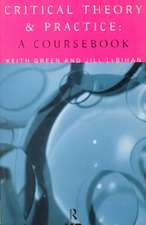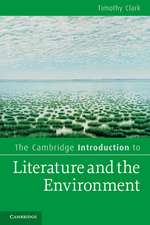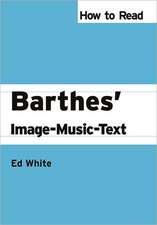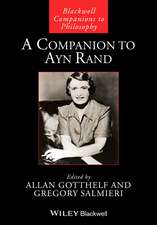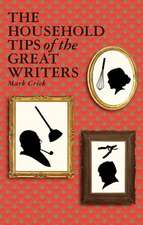The Nightingale and the Hawk: A Psychological Study of Keats' Ode: Routledge Library Editions: Keats
Autor Katharine M. Wilsonen Limba Engleză Paperback – 28 feb 2016
The meaning of the few psychological terms used in the book are clarified by illustration from Keats’ own writing, thus contributing to its understanding at the same time.
An intimate relationship between his letters and the poems is shown. First published in 1964, the study throws light on well-worn themes such as what Keats meant by beauty, his theory of ‘negative capability’, why he abandoned Hyperion. It gives a fresh interpretation of Endymion and of aspects of the two versions of Hyperion, Lamia, The Eve of St Agnes, and the other great odes. Among details is has something to say on why La Belle Dame kissed her knight precisely four times.
| Toate formatele și edițiile | Preț | Express |
|---|---|---|
| Paperback (1) | 395.41 lei 6-8 săpt. | |
| Taylor & Francis – 28 feb 2016 | 395.41 lei 6-8 săpt. | |
| Hardback (1) | 889.49 lei 6-8 săpt. | |
| Taylor & Francis – 14 mai 2014 | 889.49 lei 6-8 săpt. |
Preț: 395.41 lei
Preț vechi: 416.22 lei
-5% Nou
Puncte Express: 593
Preț estimativ în valută:
75.66€ • 80.91$ • 63.09£
75.66€ • 80.91$ • 63.09£
Carte tipărită la comandă
Livrare economică 18 aprilie-02 mai
Preluare comenzi: 021 569.72.76
Specificații
ISBN-13: 9781138989603
ISBN-10: 1138989606
Pagini: 160
Dimensiuni: 156 x 234 x 9 mm
Greutate: 0.45 kg
Ediția:1
Editura: Taylor & Francis
Colecția Routledge
Seria Routledge Library Editions: Keats
Locul publicării:Oxford, United Kingdom
ISBN-10: 1138989606
Pagini: 160
Dimensiuni: 156 x 234 x 9 mm
Greutate: 0.45 kg
Ediția:1
Editura: Taylor & Francis
Colecția Routledge
Seria Routledge Library Editions: Keats
Locul publicării:Oxford, United Kingdom
Public țintă
Postgraduate and UndergraduateCuprins
Chapter 1 Chapter 2 Chapter 3 Ode to a Nightingale Chapter 4 Chapter 5
Descriere
This study, originally from 1964, is in effect a biographical study of one aspect of Keats’ life of the imagination. It suggests why he became a poet, shows how his attitude to his poetry changed, how in Jungian terms he first met his ‘shadow’, rejected it, then came to accept it, and how this affected his poetry. An intimate relationship between his letters and the poems is shown, along with a fresh interpretation of Endymion and of aspects of the two versions of Hyperion, Lamia, The Eve of St Agnes, and the other great odes.




